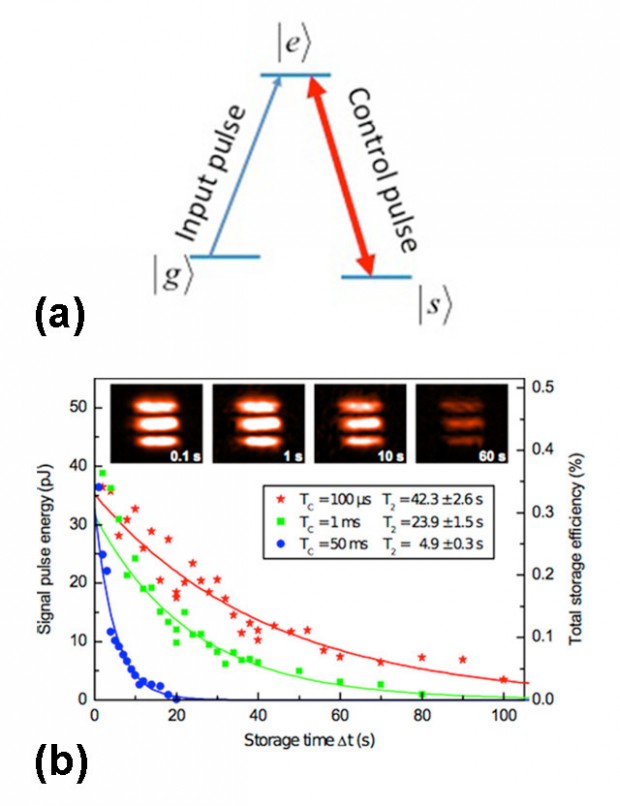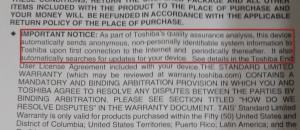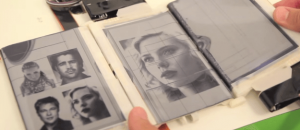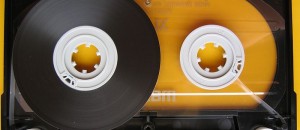Scientists and science, combine them all and what do you get? Oh, nothing much, just light freezing for an entire minute that’s all. This breakthrough in science and technology was made possible by German researchers who believe it could change the way we process information in the future… a future that is still far off at this point.
You might be wondering, how did these German scientists freeze light for an entire minute; is it sorcery of some kind? No, you see, University of Darmstadt and scientist George Heinze fired a laser at an opaque crystal, which in turn “sent atoms into a quantum superposition of two states”. We’ve tried to understand what exactly that means, but we’re not even half way there so we’ll let you decipher that yourself.
In addition, Heinze and his team stopped the second laser beam sent into the crystal by turning off the first laser, which consecutively caused a transparency. In layman terms, it means scientists found a way to freeze light, but only for a minute, which is not enough for any practical use.
According to physicist Hugues de Riedmatten, “the result outperforms earlier demonstrations in atomic gases by about six orders of magnitude and offers exciting possibilities of long-storage-time quantum memories that are spatially multiplexed, i.e., can store different quantum bits as different pixels.”
If researchers are able to improve on how long they can keep light frozen, there’s a huge possibility for them to build light-based quantum memory. It might never happen in our lifetime, but for those of the future, things might just turn out splendid. Personally, though, I’m hoping for time travel.
[via American Physical Society]

 Email article
Email article




